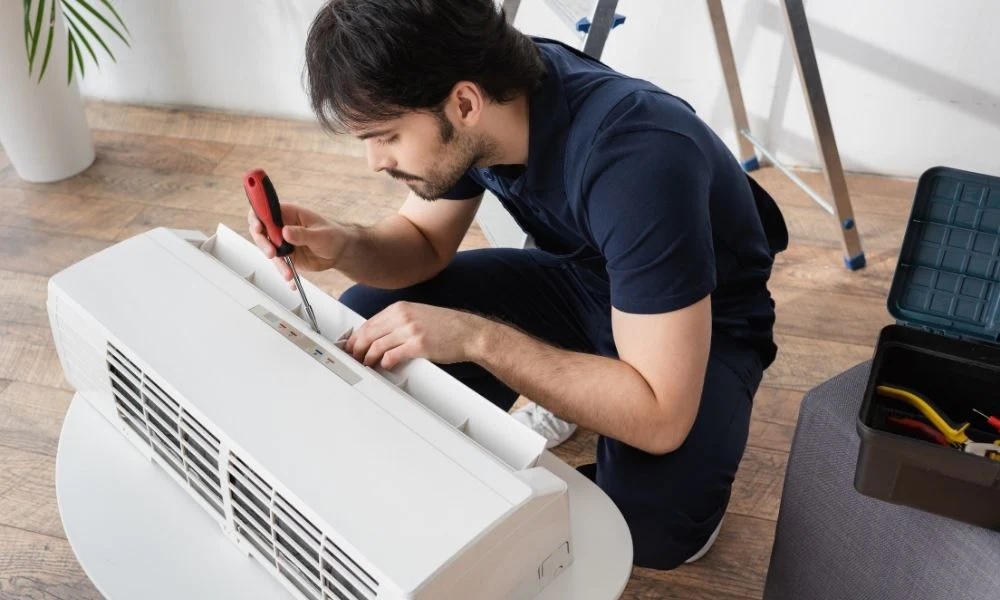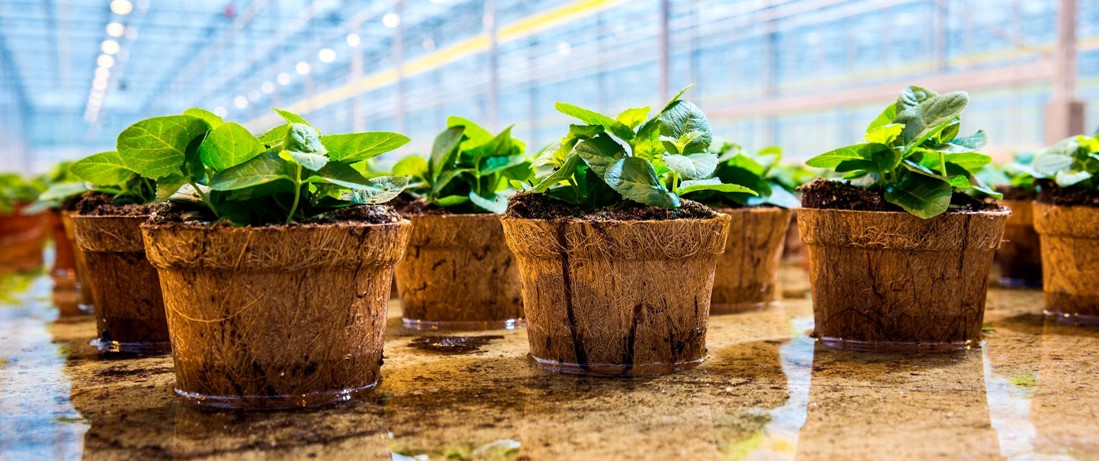After you spend a few years living in your home, there is a good chance that you’ll start thinking about potential renovation projects. Some fall into the aesthetic category, like painting or landscaping. In many cases, though, wear and tear have left a part of your home less than ideal.
This is often what drives the decision behind new flooring. For those looking to get beauty and durability out of their new floor, installing a wood floor is a popular option.
Of course, there are a lot of ways for the wood floor installation to go wrong. If you’ve got a new floor project on the schedule, keep reading for some common wood floor installation mistakes to avoid.
Picking the Wrong Wood
Online vendors, such as Ultimate Floors, can deliver hardwood flooring to nearly any location. The catch is that they can only deliver what you order. If you pick a wood because it’s in vogue right now, you can end up with a wood that doesn’t look great in your home.
Consider the look of the room where the flooring will go. Is a dark wood really going to work in that room, or do you need something lighter? Will the grain pattern play well against any other patterns in the room?
Not Prepping the Subfloor
An improperly prepared subfloor can create long-term problems for you. It can leave you with a floor that squeaks. On the more significant problem end, you can end up with loose or warped boards that require replacement.
At a bare minimum, you want a subfloor that is clean and free of any loose debris. If the floor isn’t level, you may need floor leveling concrete. You can find self-leveling versions that leave you with a reliably flat subfloor surface.
Installing in Humid Spaces
Wood does not hold up well in regularly humid spaces like a bathroom. Long-term exposure can cause wood expansion and warping. In extreme cases, the wood may even rot, which can damage the subflooring as well.
Ignoring Humidity During Installation
Wood is humidity sensitive. If the humidity is particularly low, wood loses some moisture and contracts. If the humidity is particularly high, the wood gains some moisture and expands.
Most homes with functioning HVAC maintain a humidity level of around 50 percent. You should let the wood rest in your home for a few days so it acclimates to the average humidity of your home.
That helps ensure your wood floor won’t expand or contract too much after installation.
Installing a Wood Floor and You
Installing a wood floor can make a dramatic change in the feel of a room. Wood has a natural visual warmth that it’s difficult to replicate any other way. Keeping that floor looking great means avoiding installation mistakes.
Pick a wood that complements the space. Prepare the subfloor. Pay attention to the humidity, both in the room and your home in general.
Looking for more home improvement tips and ideas? Check out some of our other articles.










Comments